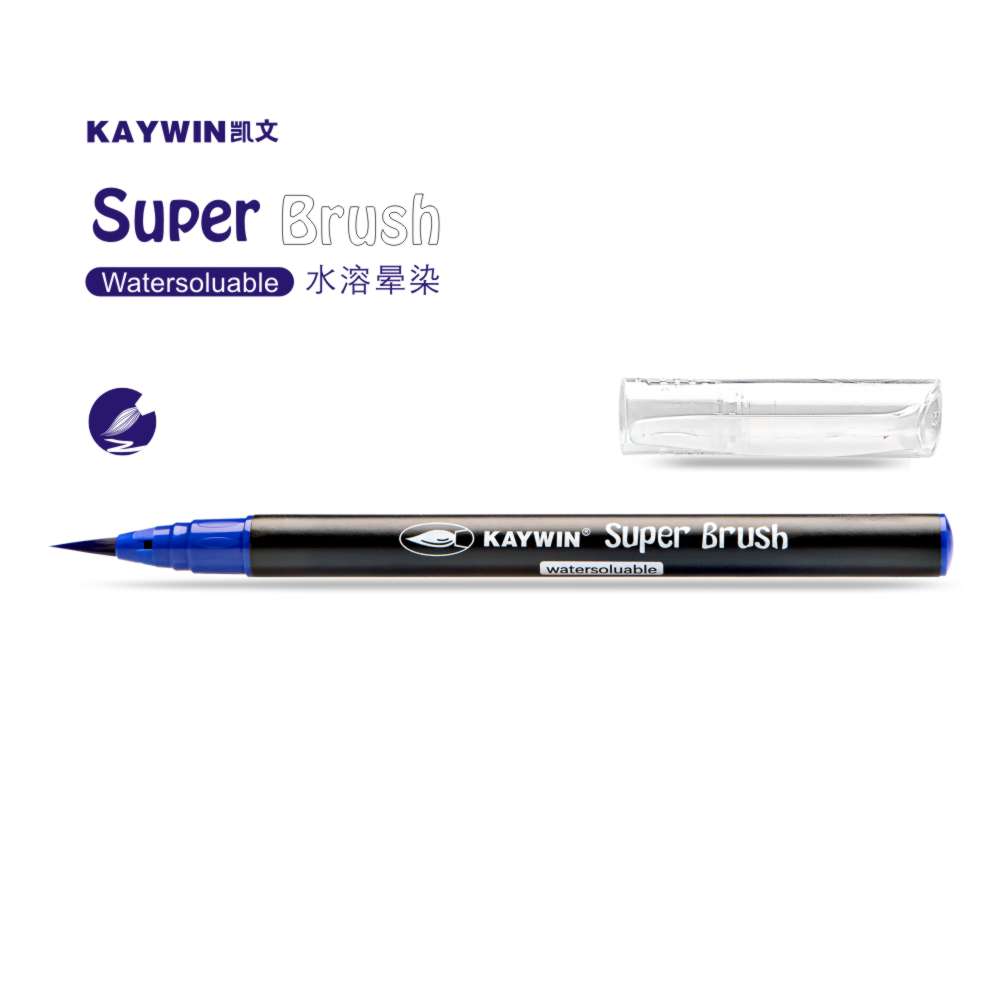Water-Soluble Markers & Other Fabric Marking Tools for Embroidery
Water-soluble markers are one of the best fabric marking tools that handcrafters use for sewing and embroidery.
These water-soluble marking pens are convenient to use — thanks to their washability!
To learn more about water-soluble fabric markers and other tools for embroidery, continue reading below.
What can I use to mark fabric for embroidery?
The most common tools to mark fabric for embroidery are water-soluble markers, air-erasable pens, and chalk-based marking pencils. These marking tools can be easily removed with water or fade on their own for some time.
Types of Fabric Marking Tools You Can Use
#1. Water-Soluble Markers
Water-soluble markers are fabric-marking tools that are washable with water.
They are composed of a water-based solvent and dye, which are not suitable for permanent art projects.
Water-soluble fabric markers typically come in light blue and are used to mark light-colored fabrics.
#2. Air-Erasable Pens
Air-erasable pens work the same as water-soluble markers — they are often mistaken to be one product.
However, air-erasable pens differ from water-based markers in how long the ink stays on the fabric.
Air-erasable pen marks can stay on the fabric as quickly as 24 hours. Other brands can last up to 10 days until the marks fade on their own.
#3. Chalk-Based Marking Pencils
Chalk-based pencils are fabric-marking tools that sewers typically use since they can be easily brushed off.
These pencils are ideal for darker-colored fabrics.
#4. Heat-Transfer Markers and Pencils
These markers permanently create designs and patterns by transferring the ink to the fabric using heat transfer.
Heat-transfer markers are ideally used for heavyweight fabrics and require expertise because the ink is not washable.
#5. Transfer Paper
Also known as carbon paper, transfer paper is used in sewing and embroidery to temporarily mark the fabric with designs and patterns.
This marking tool is made of lightweight paper — the other side being coated with pigment.
The pigment transfers on the fabric by applying pressure on the non-pigment side of the paper using a pen or pencil.
How to Use a Water-Soluble Pen for Embroidery
Step 1: Choose the right color
Use light blue water-soluble markers for lighter-colored fabrics. Meanwhile, use a white water-soluble marker for dark or mid-colored fabrics.
Step 2: Test your water-soluble marker on a scrap fabric
Always test your markers on a scrap or discreet section of the fabric. Try to wash the area with water to see if it does not damage the fabric.
Step 3: Trace a pattern on your fabric
Use your water-soluble marker to create patterns or designs on your fabric. Be sure to lightly trace the fabric to prevent the ink from bleeding through, especially for thin fabrics.
Step 4: Remove the pen marks from your fabric
After you complete the embroidery or sewing process, remove the marks from the fabric by dabbing them with a wet or moistened sponge.
For best results, wash the fabric with marker stains in running water.
Some water-soluble marker brands are tricky to remove by just dabbing the marks.
Step 5: Consider these tips
Always wash your fabric before ironing. This will prevent the water-soluble marker stains from setting on the fabric due to heat.


